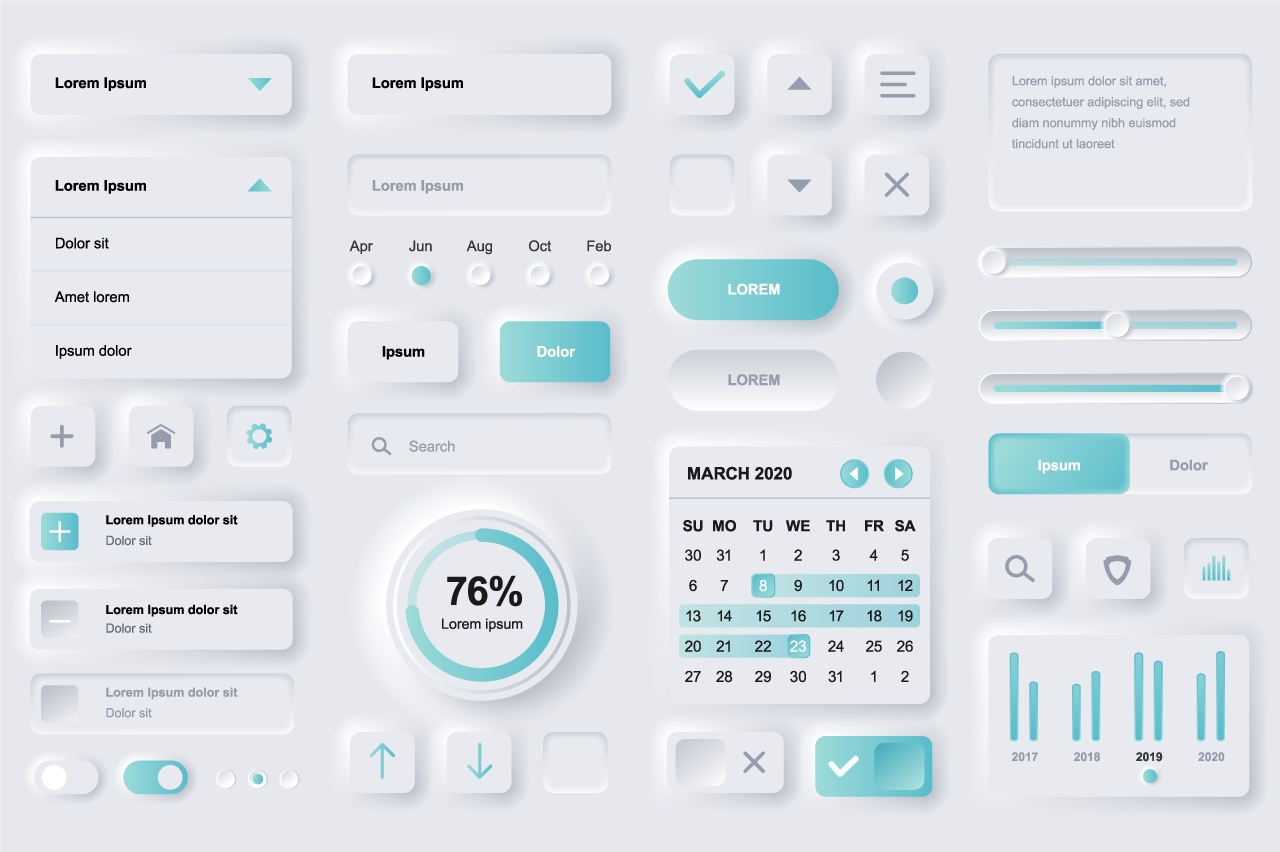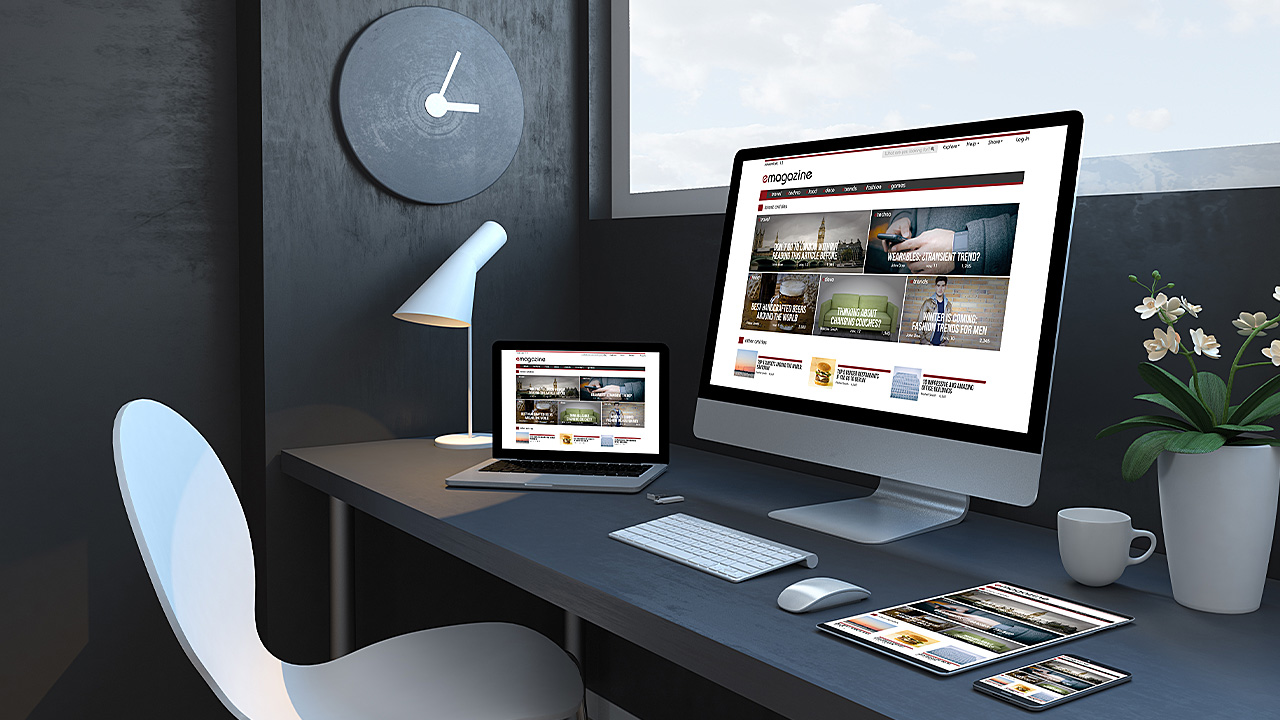Today, there’s a website for everything – and now more than ever, web design professionals are experimenting and innovating to create sites that are not only visually appealing, but that also serve to maximize the user experience. In 2021, we rely on websites to provide a range of services, from e-commerce to gaining information about a company or organization and much more. If you’re considering launching a career as a web designer, it will be important to pay attention to the trends driving the web design industry, as your integration of these trends into your designs will help you to create websites that can remain competitive in attracting users.
The moment when you learn about the web design trends dominating the industry today, you’ll be able to launch a successful career in the current landscape. Below, discover four web design trends projected to grow in popularity.
1. Parallax Animation is Becoming More Widely Used Among Web Design Professionals
During your web design career, it’s likely that you’ll encounter parallax animation, a form of animation that creates an optical illusion for the user. This dynamic animation trend relies on the creation of depth between the foreground and background of the page, with the animated elements separated between the two planes. This type of animation engages the user with the graphics in the web page, enhancing their experience and increasing the likelihood that they’ll continue navigating the page. When using parallax effects, be sure to implement them sparingly throughout the website, as too many of these effects can distract users from information they might need or make it harder for them to find pages on the website.

Integrating current trends into your web designs will enable you to build websites that users will love
2. 3D Design and Neumorphism Are Taking Centre Stage
While flat design was a trend throughout the 2010s, neumorphism and 3D design are both becoming commonplace in the web design of today. Neumorphism is a style characterized by the illusion of depth or physicality through the use of drop shadows, gradients, semi-flat colours, and two-tone colour schemes. The variety achieved through neumorphism offers users a more visually appealing experience. Similarly, 3D design is also being integrated within many websites, enhancing user engagement with dynamic and eye-catching visuals. After completing web design college, integrating these styles into your web designs will help you to make a significant impression on any user that encounters the site you’ve created.

A sample of Neumorphism design
3. Diverse Scrolling Options Are Offered on Today’s Websites
Today, vertical scrolling is passé! As you’ll discover when navigating many modern websites, there are a range of diverse scrolling options featured, as websites are no longer bound by the confines of vertical scrolling. This trend marks an important step in improving user engagement, as scrolling is one of the primary ways that users interact with a website. Whether horizontal or another unique direction, integrating different types of scrolling into the future websites you build will strengthen your designs.
4. Multimedia Design is Here to Stay
Advancements in technology have allowed for much more innovation and creativity within web design, with one notable contribution being the ability of web designers to integrate embedded videos and other forms of multimedia into the content of website pages. The use of videos, visuals, text, and audio within a website’s homepage immediately creates a richer user experience, given the greater variety of content. After completing web design courses, taking advantage of multimedia designs will enable you to make content both more accessible and interactive. Are you feeling ready to take on the world of web design?
Invest in your creativity with a web design program at the Academy of Learning Career College.






